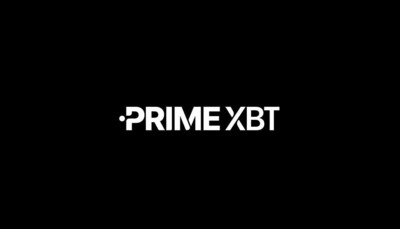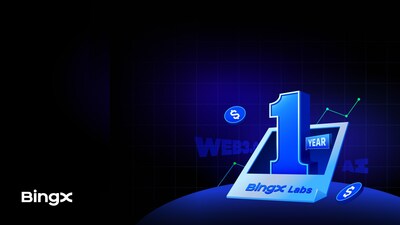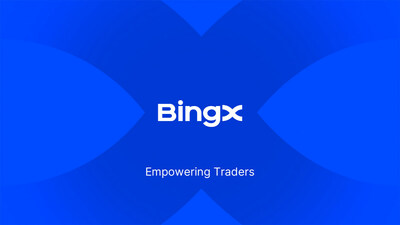Crypto Retirement Investments Get a Boost
This post was originally published on this site

A major shift in U.S. retirement planning is on the horizon—and crypto retirement investments may soon be at the center of it.
On Thursday, both cryptocurrencies and crypto-related stocks rallied in anticipation of a new executive order from President Donald Trump. The upcoming order aims to open 401(k) plans and other retirement accounts to alternative assets, including Bitcoin and private equity.
This marks a groundbreaking moment for crypto retirement investments, which have long been considered too speculative for traditional retirement vehicles.
Bitcoin and Crypto Stocks Surge on the News
Bitcoin (CRYPTO:BTC) soared above $116,000 on Thursday, climbing more than 1% intraday. Other major cryptocurrencies followed suit: Ether (CRYPTO:ETH) and XRP (CRYPTO:XRP) each gained over 4%.
Publicly traded crypto companies also rallied:
-
Coinbase (NASDAQ:COIN) jumped as much as 3%.
-
Robinhood (NASDAQ:HOOD) and MicroStrategy (NASDAQ:MSTR) gained over 1.5%.
The surge reflects investor enthusiasm over the potential for crypto retirement investments to become a mainstream option. If passed, Trump’s executive order could open trillions in retirement capital to digital assets.
What’s in the Executive Order?
President Trump is expected to direct the Securities and Exchange Commission (SEC) to facilitate the inclusion of alternative assets in retirement portfolios.
Traditionally, 401(k) accounts offer a limited range of investments, mostly mutual funds or index-based products. Trump’s move would signal a paradigm shift—allowing digital assets, private equity, and other alternatives to enter the mix.
The order builds on momentum from Congress’s “Crypto Week” in July, which included the passage of:
-
The GENIUS Act (now signed into law), creating a regulatory framework for stablecoins.
-
The Clarity Act, defining crypto regulation boundaries.
-
The Anti-CBDC Surveillance State Act, aimed at limiting Federal Reserve-issued digital currencies.
Together, these efforts point to growing federal support for a more open crypto retirement investment ecosystem.
Wall Street Giants Back the Plan
Large asset managers are also warming to the idea. Firms like BlackRock (NYSE:BLK) and KKR (NYSE:KKR) have expressed support for expanding retirement portfolios to include private and digital assets.
In a recent investor letter, BlackRock CEO Larry Fink emphasized that private assets like crypto and real estate can help lift long-term returns and protect investors during downturns.
“Private assets are legal, beneficial, and becoming more transparent,” Fink wrote.
Their support signals that the rise of crypto retirement investments isn’t just a retail trend—it’s being embraced at the institutional level.
Caution Still Advised
Not everyone is celebrating. Financial advisors and retirement experts have urged Americans to approach crypto retirement investments with caution.
Digital assets are still volatile, and some private investments lack the liquidity and transparency typical of traditional retirement products.
That said, many see the executive order as a step toward democratizing access to high-growth assets once reserved for the ultra-wealthy or institutional investors.
What It Means for Investors
If signed, Trump’s order could transform how Americans plan for retirement. While regulatory details are still forthcoming, it’s clear that crypto retirement investments are moving into the mainstream.
For long-term investors, this could mean:
-
More options in 401(k) plans.
-
Access to higher-growth assets (with higher risk).
-
Increased flexibility in retirement strategies.
With crypto markets still relatively young, today’s rally suggests investors are optimistic about the future of digital assets—not just as speculative tools, but as part of long-term wealth planning.
Featured Image: Freepik © ojosujono96




























